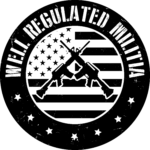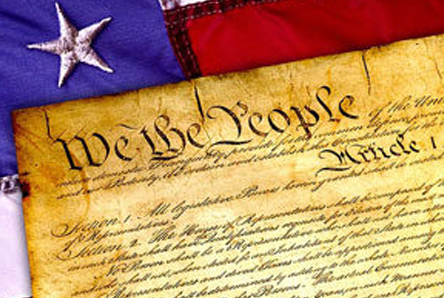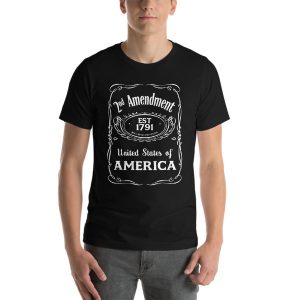James Madison initially wanted to incorporate the amendments to the Constitution into the text of the original document. However, other delegates disagreed with the idea, and in the end, Madison and company attached the Bill of Rights to the tail of the Constitution. Madison and crew arranged the 10 amendments in a particular order, and many people today consider the Founding Father’s high placement of the Second Amendment within the first 10 Amendments as a measure of its importance.
Amendment I, people argue, is the most important of the amendments because it makes it clear that the Federal Government could not establish a national religion, and could not suppress the right to free speech, the right to a free press, the right to peaceful assembly, or the right to petition the Government.
Right after it, we find Amendment II, appearing to many as a continued narrative on individual rights. However, there is more evidence that shows that the delegates ordered the amendments according to how they would naturally fit within the existing composition of the Constitution; and not ordered by perceived importance. For example, the First Amendment relates to the powers of the legislature, and begins with “Congress shall make no law”, so its placement would naturally occur after Article I, Section 8, which begins with “Congress shall have power,” and within Article I, Section 9, which is a list of proscriptions. Because the Second, Third, and Fourth Amendment also limit what Congress has the power to do, they would also fall into Article I.
Article II of the Constitution moves onto executive power, but there are no amendments within the Bill of Rights that pertain to the executive branch. Article III of the Constitution establishes the court system, so Amendments Five through Eight fall into that section because they deal with juries, bail, and cruel and unusual punishments. Amendments Nine and Ten would be a postscript to the Constitution because they deal with the interpretation of the Constitution and the other amendments in their entirety.
The conundrum is how the Second Amendment slides between the two ideas found in the First and Third Amendments. The First Amendment clearly deals with the individual rights of the people to particular freedoms that include religion, speech, press, assembly, and government petition. The Third Amendment deals with power of Congress during war, providing that Congress could not quarter soldiers in the homes of citizens. In the middle, we have the Second Amendment that discusses a militia like those found in Lexington and Concord where the first battle of the Revolutionary War began. The colonial militias were autonomous groups that self-trained in weapons, tactics, and strategy several times each year, and were responsive to threats against their territory from any enemy that might venture into their town. That threat eventually became the British Redcoats, and the militias held their own during the prologue of war as the Continental Army formed to coordinate the military efforts of all the colonies during the Revolutionary War. The importance of the militia to those early American delegates is obvious. Before the Continental Army organized to a full realization under George Washington, the only line of defense in colonial America was the individual militia groups that dotted the landscape.






